With Japan’s new digital nomad visa, bargain prices throughout Japan, and high quality of life wherever you go, there has never been a better time for nomads to visit, live in, and experience one of the best travel destinations in the world. Read on to discover everything you need to know about living and working in the “Land of the Rising Sun” with this Complete Digital Nomad Japan Guide.

Japan is at the top of most traveler’s lists, and with good reason. With rich culture, a near utopian makeup, and some of the best food on the planet, Japan is arguably the ultimate travel experience. For digital nomad’s that prefer longer stays and slower travels, the only downsides to living and working in the “land of the rising sun” were short visa stays and (perceived) high costs. Not anymore! With the new, 6 month long Japan Digital Nomad Visa, international remote workers can work, explore, and live in Japan for up to six months in a single stay, making for the perfect half year destination.

Even better for nomads visiting Japan, in recent years the Japanese economy shifts have made buying power with US dollars and Euros much stronger, allowing you to experience the best sushi, kobe beef, sake, onsens, and unique cultural experiences for cheaper than you would in Bali or Central America!
Contents of this Digital Nomad’s Japan guide
- Why Japan is great for digital nomads
- Highlights of living and working in Japan
- A few other random reasons that sound odd and basic now, but are excellent reasons to go to Japan
- About the Japan Digital Nomad Scene: Opening, booming, welcoming, and fun to discover
- My experience traveling Japan as a nomad
- Best places to live and work in Japan as a digital nomad or remote worker
- The perfect itinerary for discovering Japan as a nomad
- Essential things to know as a digital nomad in Japan
- The Logistics and Concerns to Worry About Nomading in Japan
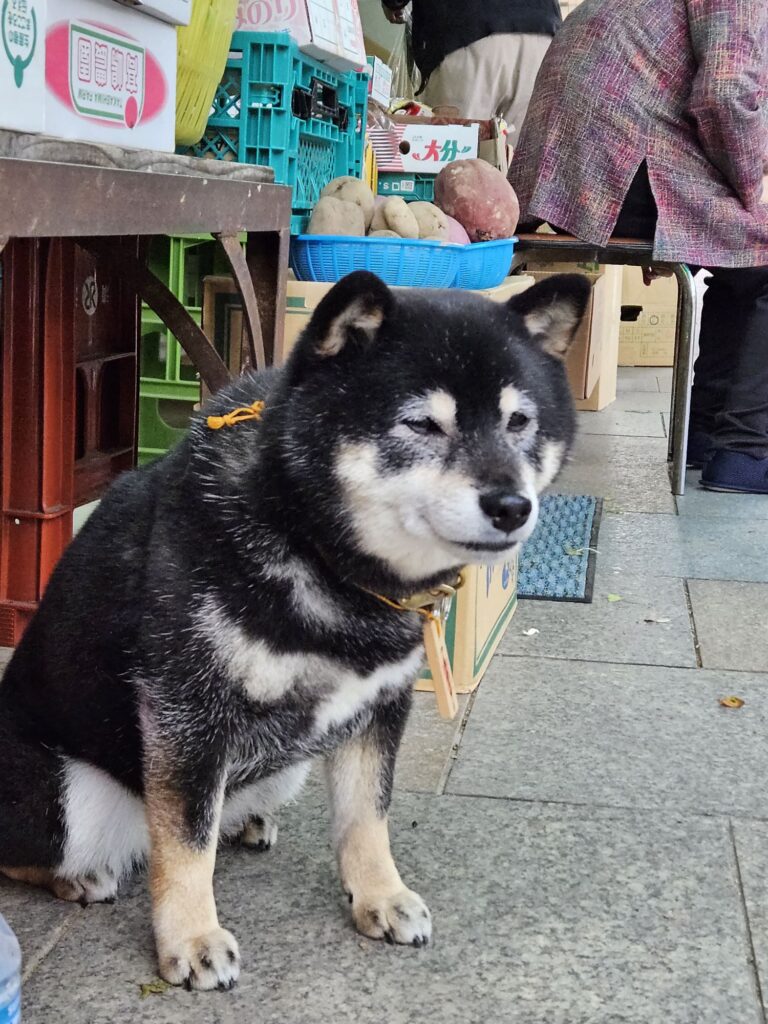
A grizzled yet welcoming local
Why would Japan be good for digital nomads?
Though Japan is a top destination for most travelers in general, some nomads feel intimidate by the perceived costs, cultural barriers, and unknowns of traveling in Japan as a non-Japanese foreigner. In my experience visiting (and remote working under the radar) in Japan over the years, this couldn’t be further from the truth.
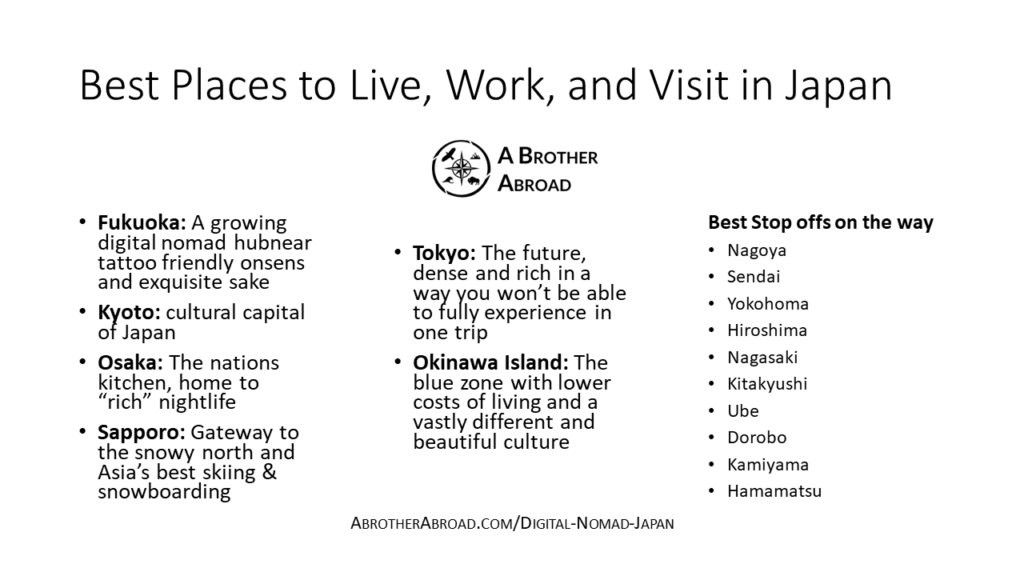
Overall, Japan is one of the cheapest developing countries with the highest quality of life and efficiency I’ve ever experienced, while still being one of the most pleasurable and interesting to travel. This rare combination adds up to a country that is extremely easy to work in, explore, and enjoy.

11 reasons Japan is possibly the best destination in Asia for digital nomads:
- Amazing efficiency in daily life allows for efficient work, a low stress daily life, and plenty of time after for pleasure after work
- Quality of life higher than most places on earth, with clean streets, easy access to anything, and creature comforts everywhere
- Accessible adventure and varied experiences, from tropical beaches in the south, to snow capped ski worthy peaks in the north, all accessible by futuristic public transportation
- Budding digital community in comfy corners of Japan, such as Fukuoka in Kyushi and Hokkaido in the north
- Great infrastructure (internet, accommodation, and transport) make working, traveling, and sleeping a pleasure
- Low cost of living compared to quality of life: Compare $2,000 per month in Tokyo to $2,200 per month in Lisbon, to $4,500 per month in London and $3,900 per month in Los Angeles, while everywhere outside of Tokyo is far cheaper
- Japan as a whole is easy to navigate and trail across via the Japan Rail train, well run ferries and buses, and a convenient network of business hotels
- Tuned to focused solo travelers and couples will find Japan especially welcoming, with small, cheap “business hotels” and capsule hotels, with just enough interaction to stay social
- Fantastic for older travelers, from the 30 to middle aged crowd, to the senior plus crowd, the rich culture and refined experience, leaning towards history and culinary experiences, makes it a full experience mature travelers will appreciate. Japan also does an amazing job with accessibility for disabled travelers
- Dollars and Euros are incredibly strong against the Japanese Yen, compare to previous times, allowing you to live better on less
- Japan is usurping Bali and Thailand as one of Asia’s most popular destinations, and rightfully, so experience Japan before the hoards come
A few other random reasons that sound odd and basic now, but are excellent reasons to go to Japan:
- Onsens: Countless natural volcanic hot springs ingrained in the culture as accessible, therapeutic experiences everyone should enjoy.
- Amazing food everywhere, with Tokyo being the food capital of the world with more Michellin listed restaurants than any other city on the plant
- Every food or drink you’ve ever tried from Japan is cheaper and more exquisite in Japan – sushi, sake, kobe beef, rice – with several other quality grades above export level. Your mind will be blown
- The Bullet Train experience, which is barely a step below flying first class on a plane (minus the flight attendant)
- The Japan rail experience of travel which extends from the northern tip of Japan to the southern
- More Onsens
- To experience what a place can be like with a universal standard of respect for people and a universal standard of taking care of the city you live in
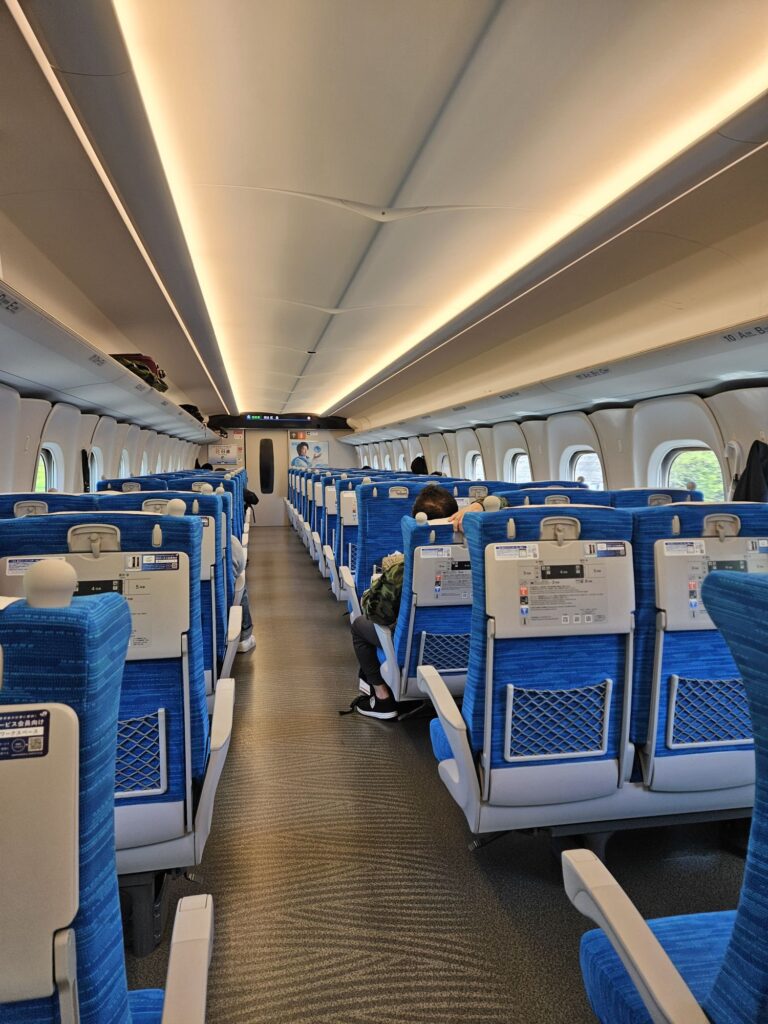
Travel by train, bullet train or not, was some of the most pleasant travel I’ve experienced in my lifetime! Far better than the average airline “cattle car” experience
Best places to live and work in Japan as a digital nomad or remote worker
Though Tokyo will be the default thought for most travelers aiming to base in Japan, this world of smaller worlds has far better options than the possibly overwhelming and 14,000,000 strong megalopolis of Tokyo.
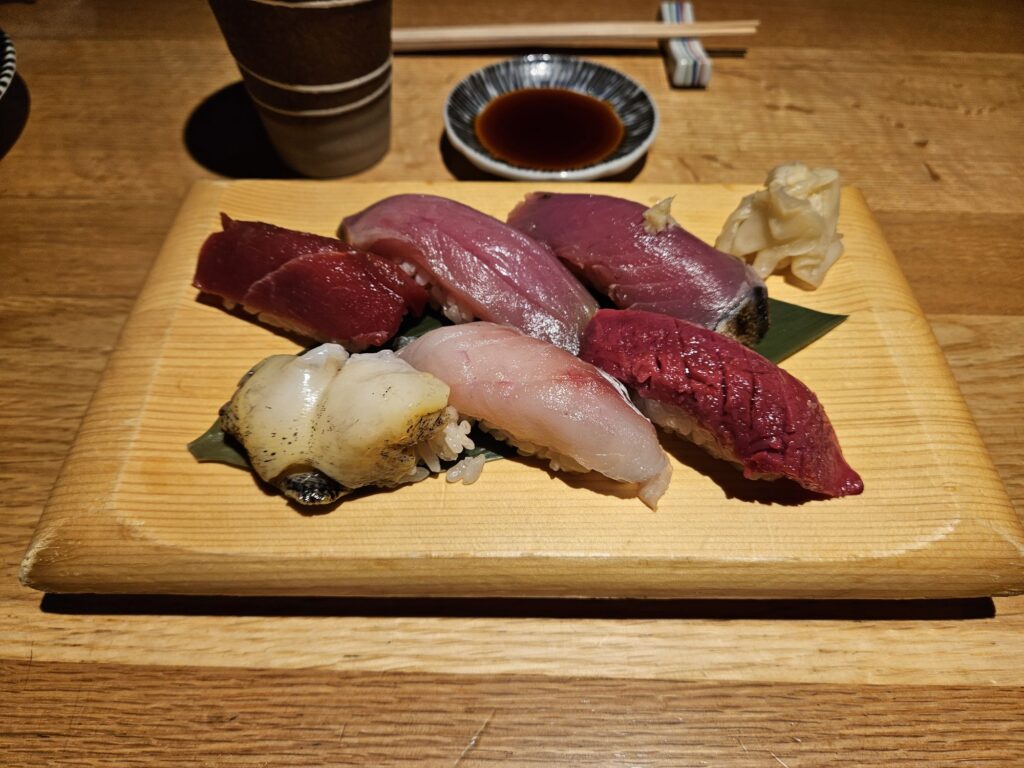
Food in Japan is other worldly! Its presented like art, tastes better than it looks, and is far cheaper than eating at your average McDonalds. Food is one of the main reasons I recommend everyone visit Japan
The smaller, but still large, culture centers and regional hubs of Japan deliver a more “authentically Japanese” experience at a much more pleasant pace and lower price. Plus, each city specializes in something unique and takes a different approach to life. So, if you’re lucky enough to pass through them all you’ll experience the best of Japan while experiencing a variety that nowhere else in the world can match.
- Fukuoka: A growing digital nomad hub, situated on the southern island of Kyushu known for tattoo friendly onsens and exquisite sake
- Kyoto: The cultural capital of Japan and a world all it’s own
- Osaka: The nations kitchen and former financial center, home to “rich” nightlife
- Sapporo: Gateway to the snowy north and Hokkaido and home to Asia’s best skiing, snowboarding, and festivals
- Tokyo: The future, dense and rich in a way you won’t be able to fully experience in one trip
- Okinawa Island: The blue zone cities of Okinawa city, Naha, Nago with lower costs of living and a vastly different and beautiful culture
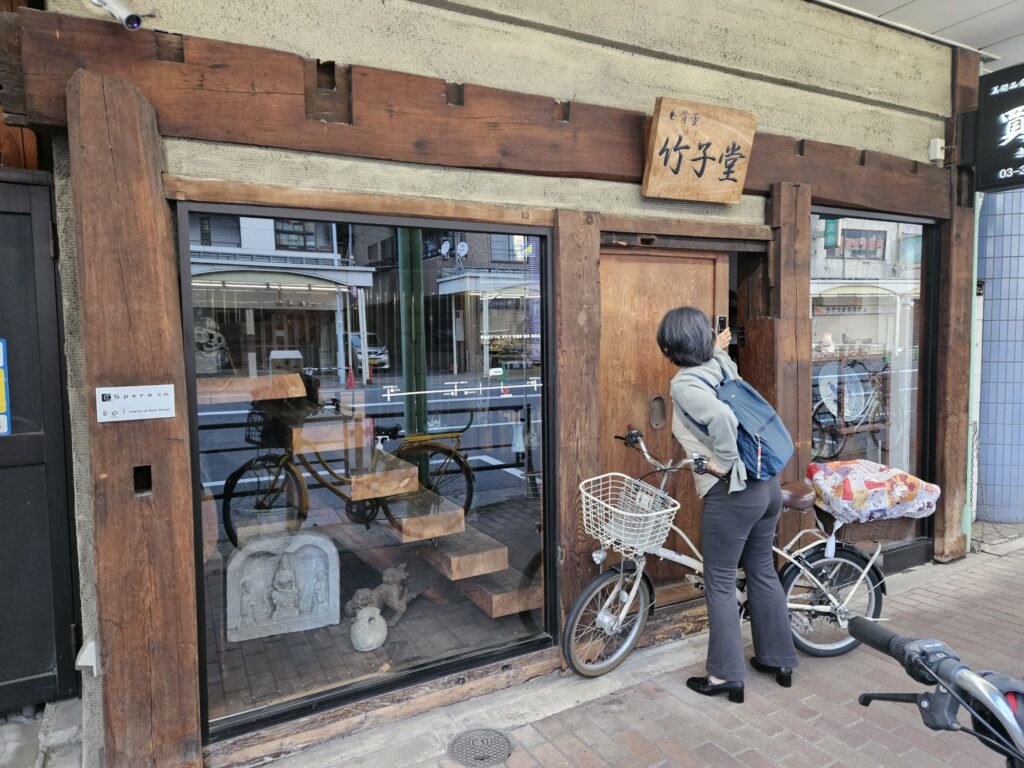
A uniquely Japanese view
Other Highly Rated Locations in Japan for Nomads to consider
- Nagoya
- Sendai
- Yokohoma
- Hiroshima
- Nagasaki
- Kitakyushi
- Ube
- Dorobo
- Kamiyama
- Hamamatsu
Rest assured that all of these places offer great accommodation for solo and couple nomads at a great price, great infrastructure (internet, public transport), a solid food scene and easy meals, and a pace of life that feels satisfying yet smooth.

The perfect itinerary for discovering Japan as a nomad
For the curious nomad eager to experience the best that Japan has to offer, and the unique experiences that you will find nowhere in the world, the best itinerary involves traveling the length of Japan, stopping off in its highlight cities along the way as hubs to work and do day trips rural Japan.
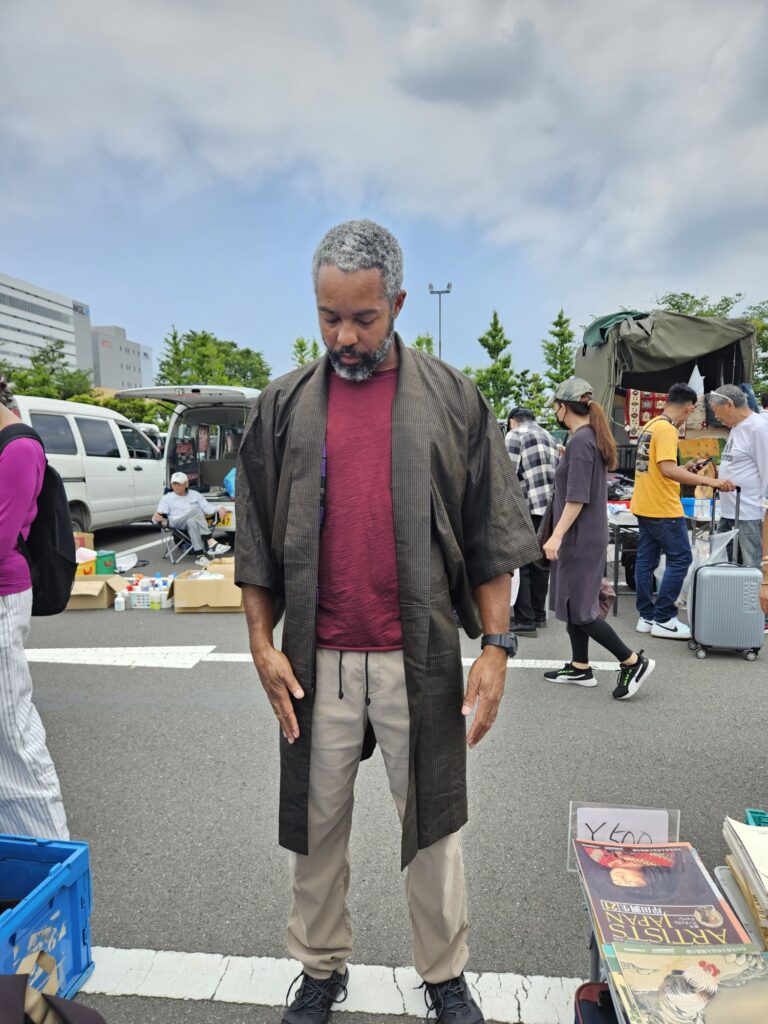
A fuzzy brother abroad shopping the Kyoto flea market for vintage Kimonos. I might have a few now that I wear around the house on Sundays
This is a list of all of the major cities in Japan that you should see if you could travel indefinitely – however – we know that indefinite travel in one trip to Japan may not be possible. As such, we’ve listed the itinerary in order, as you should visit it if hopping off the JR rail. Essential cities to visit in a region are highlighted with “Essential.” If you love the vibe of that city, consider exploring the “optional” cities nearby. Otherwise, proceed onto the next major city or region on the itinerary
How this Japan Nomad itinerary differs from travel itineraries: Perfect for work, play, and slow exploration
While travel involves venturing for long periods to arrive at a spot for a quick look, and then leave, nomads wandering through Japan, aiming to explore and experience while working will want to aim for balance between work, play, and pleasure. This itinerary hits the major spots and experiences of Japan, while basing out of cities with the infrastructure nomads need to work productively for a few days or few weeks. Additionally, the travel legs between cities are short enough that you can journey to the next city within a couple hours by train, or hop the wifi equipped bullet train and work in luxury on the longer rides.

Fly into Fukuoka (Growing nomad hub) and explore the island of Kyushu, Onsens, and the countries best sake
- Fukuoka (Essential)
- Do the loop around Kyushu Island to the following destinations:
- Nagasaki: Consider visiting the WW2 memorial
- Kagoshima: Great DN hub with very low costs
- Oita and Beppu: An onsen haven with amazing mackerel sushi, a robust sake culture, and a “little Vegas” popularity with yakuza
- Kitakyushu: A nice additional stop on the Kyushu loop
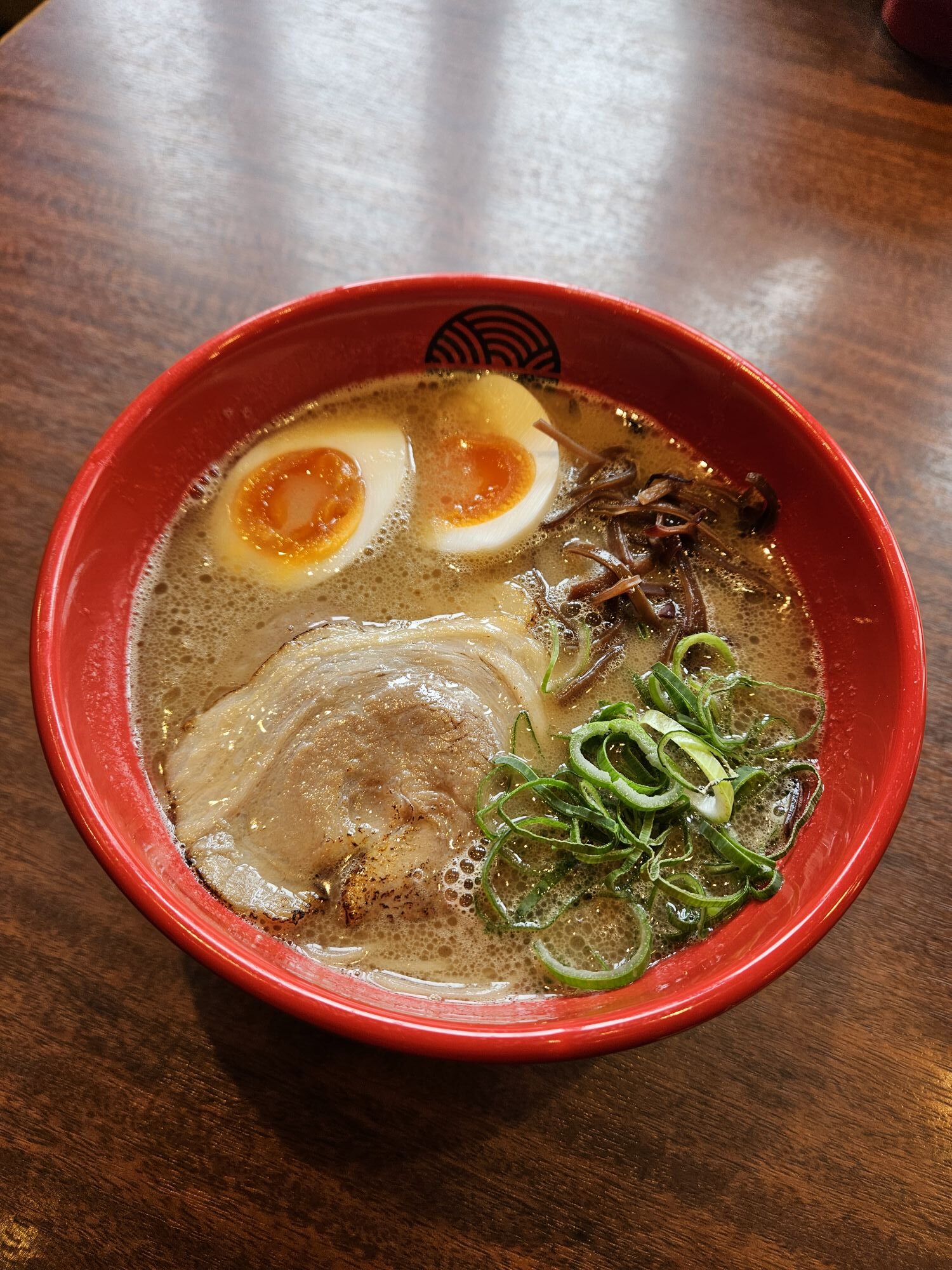
Fukuoka is the birthplace of Tonkotsu Ramen, and one of the many reasons I could spend weeks, if not years, simply exploring the hundreds of cheap and delicious spots that stretch across Fukuoka
Kyushu island and the destinations on the loop are commonly overlooked. However, the peaceful pace and low cost of travel and living here make these great options to consider. The density, popularity, and accessibility of onsens make this accessible a great option if you want to slow things down
Take the JR train into the mainland to city hop and absorb culture on the way to the cultural hub of Kyoto-Osaka-Kobe
- Hiroshima (Essential): In this big, bustling industrial city, be sure to visit the Hiroshima Memorial Museum, as well as wander the cities urban streets and nightlife, feeling what a Japan city with little foreign traffic is like
- Okayama: A simple stop off option on the way to the cultural triplet to come

Remnants of a building that was standing during the nuclear bombing of Japan in WW2
Base in Kyoto or Osaka to explore food, temples, culture, art, and nightlife for days or weeks through Kyoto, Osaka, and Kobe
- Osaka (The nations kitchen) (Essential)
- Kyoto (The cultural capital) (Essential)
- Kobe – Achievable by day trip
Next, pick between Osaka and Kyoto to base for a time while you explore culture and food. All three of these cities are accessible by train from the others, so there is no need to switch accommodation during your stay. Plan to stay here at least a week to soak up and explore.
Osaka, a financial hub and center of wealth, leans towards nightlife, decadence, and entertainment with a uniquely Japanese flair.
Kyoto leans towards artistic and culture, with an equally rich food scene as you scratch the surface.
Kobe is worth a day trip and delivers food and drink experience along the lines of world famous wagyu/Kobe beef and drink, plus so much more.
Continue on the JR train to city hop on the way to Tokyo, visiting Mount Fuji along the way
- Nagoya (Potential stopoff on the way to Tokyo)
- Fuji – Solely for the purpose of seeing and potentially hiking Mount Fuji (Essential for Nature Lovers)
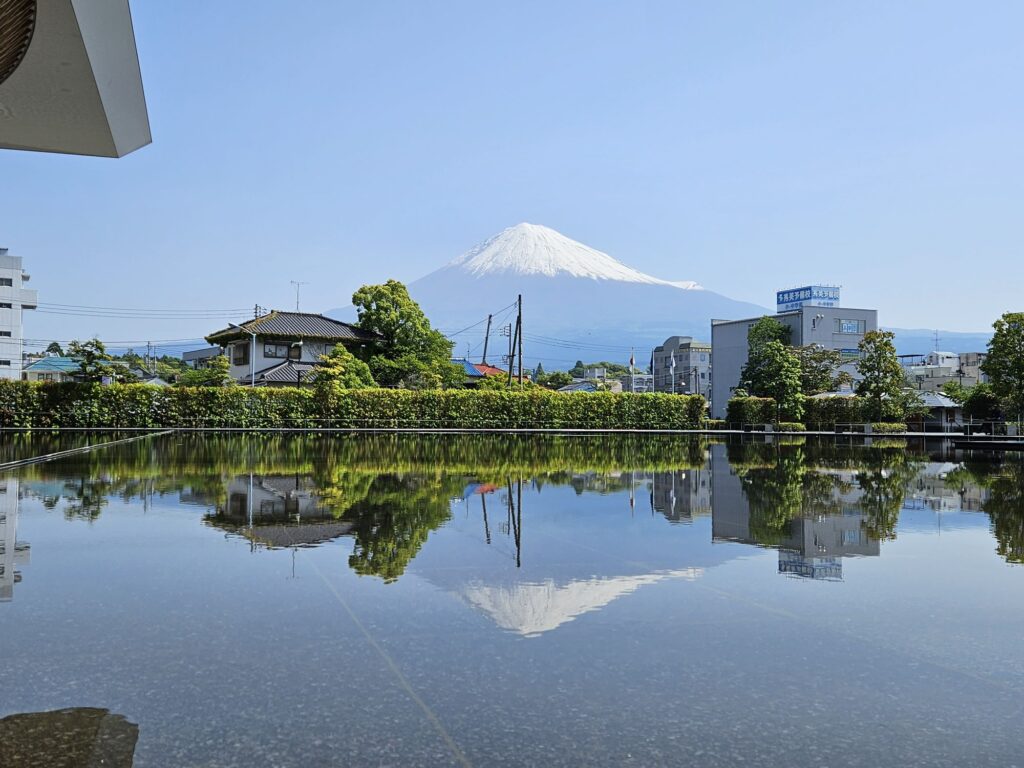
As you continue on the train, consider stopping off at the city of Fuji to visit the Fuji museum and surrounding parks and viewpoints, and potentially make the pilgrimage hike up Mount Fuji. After the experience, consider sake sampling from the bottlers that tout the volcanic spring water from Fuji as being a near magical ingredient
Tokyo base in Tokyo to explore, understanding that you won’t see everything and this is just a taste
- Tokyo and around
First, realize that with the richness, depth, and vastness of Tokyo, you will never be able to experience Tokyo “enough” in a single trip.
Second, realize that as amazing and entertaining as this capital is, the busy nature might not be the best for focused work if you don’t plan intentionally. So, either plan for all of your time in Tokyo to be focused on experiencing or be very intentional about finding time and space to work
Last, and one more reason to consider scheduling work time for another destination, stay outside of Tokyo (as much as 30 to 45 minutes by train) for the best accommodation cost vs. quality and the most livable atmosphere around your accommodation. However, if you’re aiming for maximum experience, shoot for a capsule hotel in one of the busier areas and plan to hit the ground running and exploring whenever you leave the hotel, and save your work for another time.
City hop on the way to the north, stopping briefly, with Hokkaido as the ultimate Highlight
- Sendai (Stopoff on the way to the north)
- Akita
As you make your way to the north, the attractions lean towards natural beauty – forests, mountains, lakes, the sea and the onsen experience in a less formalized way. If you are a lover of the outdoors, or are taking kindly to the Japanese approach to experiencing it, schedule one or both stop offs – Akita and Sendai – on your train ride from Tokyo to Sapporo cutting the potential beautiful 14 hour train into 7 hour-ish chunks
Explore the mountains, nature, snow capped peaks, and indigenous artisanal culture of Sapporo and Hokkaido as a whole
- Sapporo
- The rest of Hokkaido
Sapporo is the Gateway to the north and Hokkaido and an essential stop on any Japan itinerary (this one or your next one.
Known for some of the best skiing and snowboarding in Asia, festivals (like the annual Sapporo snow festival), Sapporo beer, and Sapporo ramen (birthplace of ramen in miso broth), Sapporo is another rich destination.
Beyond Sapporo, in the rest of Hokkaido, lie countless smaller villages that take a cozier approach to sharing the Japanese mountain experience as well as the artisanal craft culture of the indigenous community in Hokkaido.
Itinerary Recommendation: Do the Japan Rail from north to south or south to north
Consider making a train trip of your experience in Japan, starting from north and using Japan Rail and the bullet train to spend time in each of these cities as you head south. Be sure to take the guaranteed to be pleasant gamble and hop off at random cities along the way.
To do this, simply plan your itinerary to fly into either Fukuoka (in the south) or Sapporo (in the north). If you’re only doing half the country this trip, you can always fly into Tokyo, take the train towards the north or south, and fly out of either Fukuoka or Sapporo
Okinawa: An excellent side adventure
- Okinawa City (Blue zone islands)
- Nago, Okinawa
- Naha, Okinawa
Located a bit south of Kyushu island, Fukuoka, and mainland Japan is the gem of Okinawa island.
Okinawa, part of the Ryuku island chain, is a tropical island in Japan that has made waves recently by being a “Blue Zone,” home to a high number of people that live pleasantly past 100 years old. In addition to the food, drink, and nature that keeps those centenarians so robust, you’ll find one of the lowest costs of living in Japan, making this homey hub a great option for digital nomads
Essential things to know as a digital nomad in Japan
The Logistics and Concerns to Worry About Nomading in Japan
- Check your visa situation: Some countries get a 90 day visa exemption, 49 countries are eligible for a 6 month Japan Digital Nomad Visa, and others will have to apply for a visa.
- Get a SUICA card
- Use Gooogle Maps to understand public transport
- Book accommodation a few days early
- Beware of the holiday seasons of Golden week and Sakura (Cherry Blossom) season as crowds will be everywhere
- When searching on Google Maps, use Google Translate to search in Japanese, and avoid pricey, touristy restaurants that list their menus in English
Cost of living throughout Japan: Estimated budgets, and where to get the best value for money
- Fukuoka: ~$2,000 per month
- Okinawa (Blue zone islands): $2,700 per month
- Kyoto (The cultural capital): $2,400 per month
- Osaka (The nations kitchen): $2,250 per month
- Sapporo – Hokkaido (Gateway to the north): $2,900 per month
- Tokyo (The future, dense and rich): $2,800 per month
How to keep your budget down in Japan
- Get your SUICA card and load it up!
- Take public transport and avoid taxis
- Use 7 Eleven, Family Mart, and Lawson for cheap meals
- Take advantage of the nature, and picnics, as entertainment
Visas options
One of the main reasons to consider living in Japan as a digital nomad now is due to Japan’s Immigration Services Agency unveiling the new Japan digital nomad. This visa has a validity of up to six months, allowing you to stay and enjoying far longer than on the 90 days or less provided on the tourist visa.
This longer stay is great because 1) you can explore more slowly, not worrying about rushing back to an airport halfway through your trip and 2) saving on the cost of flights for a visa run while 3) naturally saving more as you travel more slowly, becoming more familiar with an area and cost efficiency and deferring transportation costs.
To qualify for Japan’s digital nomad visa, you simply need to show proof of a minimum annual income of 10 million yen ($66,730 USD), show proof of private health insurance, and finally apply online once the new visa category is launched on the Japanese Immigration Agency’s website in late March. Visa holders will be allowed one digital nomad visa (valid for six months) and will need to wait for six months before applying again.
For more information, read this complete guide to the Japan Digital Nomad visa, and other great visa options for Japan
For other great digital nomad visas, check out our list of the 51 Best Digital Nomad Visas available right now.
About the Japan Digital Nomad Scene: Opening, booming, welcoming, and fun to discover
Japan’s digital is only possible because awareness and support for digital nomads from within Japan, which means there is absolutely community.
Keep an eye out at billboards in hostels and business hotels listed on backpacker centric sights, and you’re bound to bump into other nomads.
While Tokyo boasts the highest number of digital nomads strung out across the metropolis, the more manageable Fukuoka has a more active, connected, and easy to reach nomad scene.
Global Nomad ambassador did a great video of Fukuoka and the digital nomad scene in Japan that absolutely represents the nomad scene in Fukuoka and what you can expect.
My experience traveling Japan as a nomad
Japan is easily one of my favorite destinations in the world to work and explore. The cultural experience is always rich, the food is amazing, and day to day life is so oddly satisfying it will leave you feeling you’re on another planet.
My biggest recommendation, for digital nomads that are balancing work and travel, is to take it slow in Japan, and don’t be afraid to stay in one place longer than you plan.
First, the efficiency of just living in Japan – going downstairs to an onsen, getting an amazing meal at a 7 Eleven next door, enjoy a pristinely clean and perfectly on time train – will put you in a mental place of maximum efficiency for work. If you recognize this and go with it, you’ll not only work better but enjoy more.
Second, every single destination you will visit in Japan has far more than you expect. More food. More temples. More events. More art. More beautiful surprises. Staying in a place longer than you originally planned, its digging deeper into the experience. Japan is one of the few destinations that you can dig as deep as you want and you will still find more. Remember, you can always come back, so enjoy whatever is in front of you as long as you want, and don’t be a slave to your itinerary. Again, you can always come back.
How easy is Japan to navigate without learning Japanese?
Thanks to the incredibly detailed approach that the Japanese seem to take with everything, with a little patience, a little research into how to use the train system, and Google Translate, it is very easy to navigate Japan even knowing no Japanese.
Japan tends to run like a Swiss train…or better yet, a Japanese train. Perfectly on time and as predicted. After a day or two in the country you will learn the patterns of how everything works the same, from city to city. Additionally there are countless resources online for every single task or adventure you could think of taking on in Japan, so do your research.

Last, Japanese were some of the most patient and empathetic people I’ve met during my travels. You can count on a small amount of help to get you through virtually any situation however please respect this patience my researching and respecting the locals customs.
Ideally I would love if the next time I return to Japan on my digital nomad visa, nomads are welcomed for the respect and positive contribution we bring, which starts with how you respect Japan and the Japanese during your upcoming trip.
With the help of Google Translate, Google Maps, and a little research, Japan is impressively easy to navigate for non-Japanese speaking travelers.
Absolutely do not expect the average Japanese person to speak English (most do not) or feel comfortable speaking English (most do not). However, Japan as a whole is so well organized and predictable with plenty of information online so you will be able to navigate most of the experience without having to communicate too much.
For transportation, public transportation will be your best bet, and the Google Maps app does a great job of providing you very specific directions and accurate times for busses and trains.
For eating food, Google Maps is again a great place to find restaurants, and most restaurants provide the “food atm’s” to streamline ordering, and the pictures on the machine help you make your choices. If the Food ATMs only have text, using the Google Translate app’s ability to translate pictures and help you choose your meal.
For any other issues, Japanese people are some of the most patient, polite, and diligent people you’ll ever meet. This means, as long as you are respectful and not overbearing, they will be happy to sit through a few Google Translate messages to get the message across.
Ultimately, use Google Translate, be polite, and be courteous, and you will have a great time in Japan, whether or not you speak Japanese.

Japan FAQ
Is Japan good for digital nomads?
Japan is an excellent place for digital nomads. Japan’s great infrastructure, including strong internet, comfortable and reliable public transportation, and great accommodation focused on single travelers, Japan is uniquely suited for nomads.
Add to this that Japan is a vast, varied, and rich destination that takes months if not years to discover sufficiently, making Japan more perfect for nomads and remote capable of staying for an extended period.
Which city in Japan is best for digital nomads?
For nomads that like big city life, Tokyo is the place in Japan for those digital nomads. Fukuoka is arguably the best city in Japan for nomads that want a more manageable pace, thanks to a low cost of living, manageable size and pace, great infrastructure.
Can Americans work remote in Japan?
With the new Japan Digital Nomad Visa, Americans can work remotely in Japan for up to 6 months.
How hard is it for an American to move to Japan?
Moving to Japan for American’s is fairly difficult, due to visa restrictions, work restrictions, and the language barrier of Japanese.
Is it cheaper to live in Japan or the US?
It is cheaper to live in Japan than the US. The cost of living for a single person living long term in Tokyo is $2,440 per month. The cost of living for a single person living long term in New York is $5,078.
Dat Source: Expatistan.com

Other Great Articles on Japan
- The Japan Digital Nomad Visa: Everything you need to know
- The Japan Rail Pass: Is it worth it for your trip?
Other Great Resources

Pictures from the adventures in Japan
A few of my favorite snaps from the adventure of just scratching the surface of what Japan has to offer
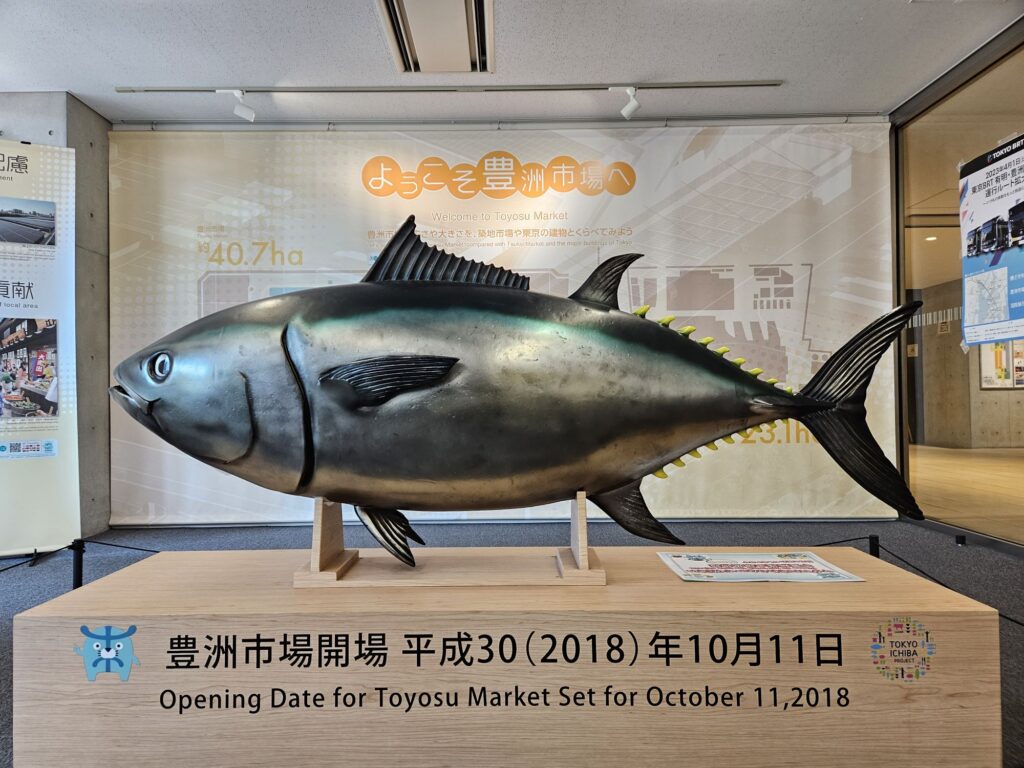

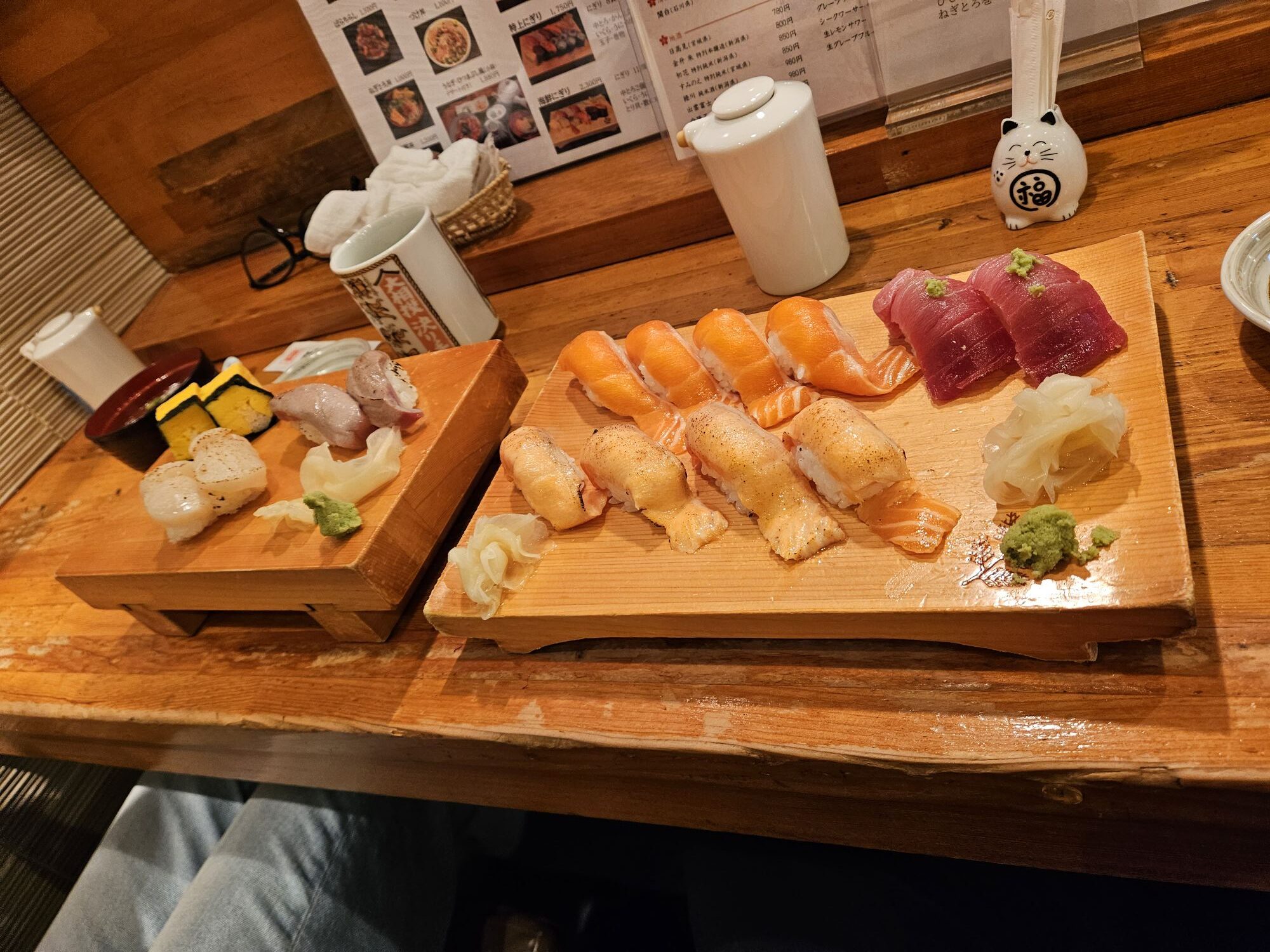
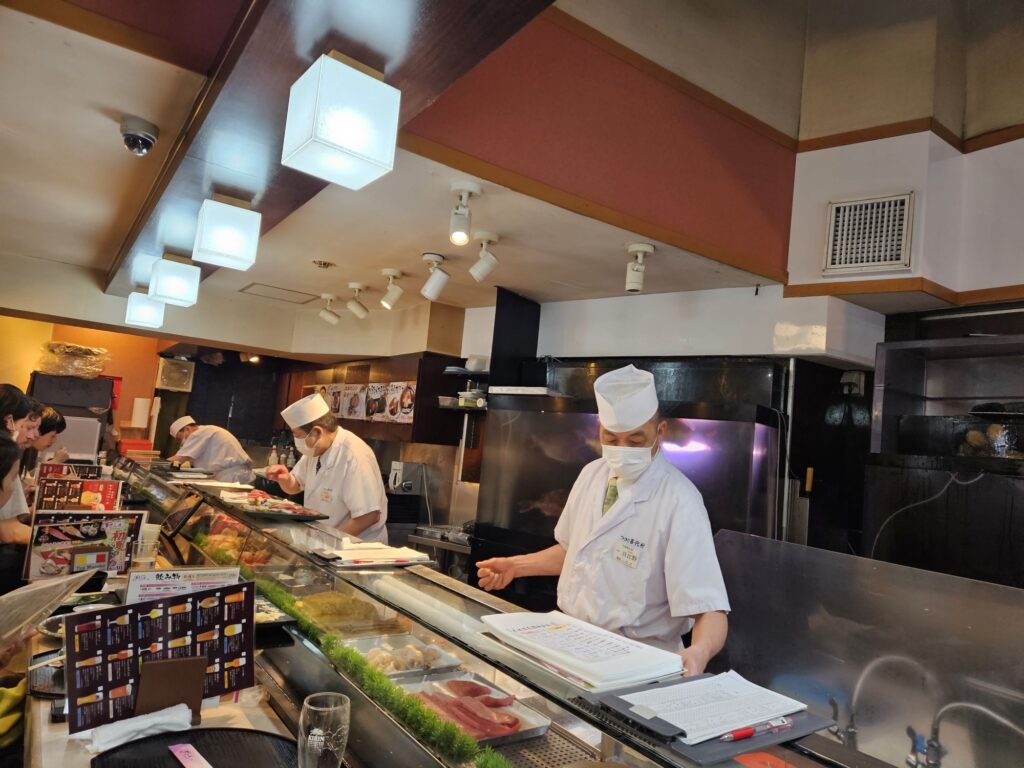
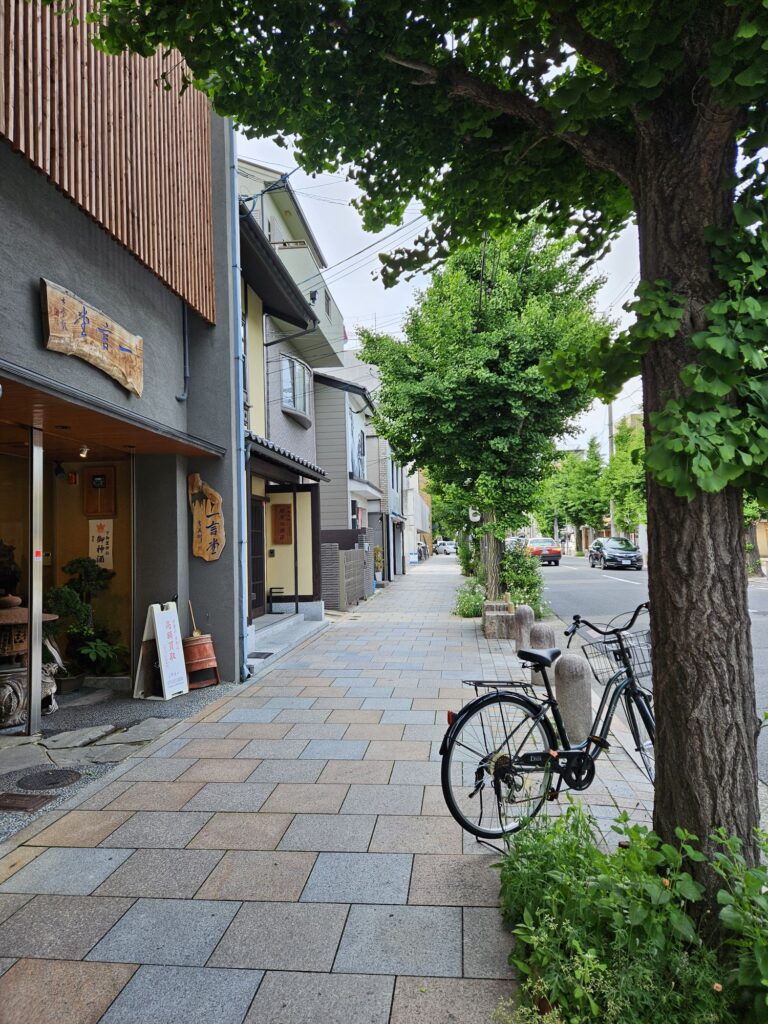
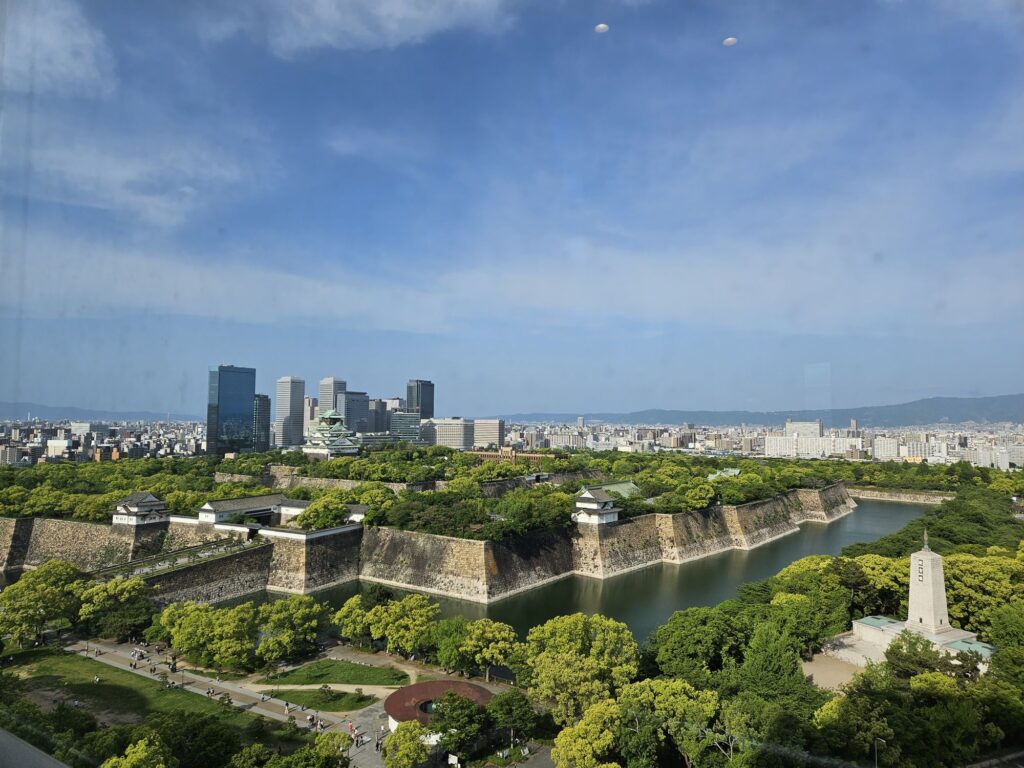
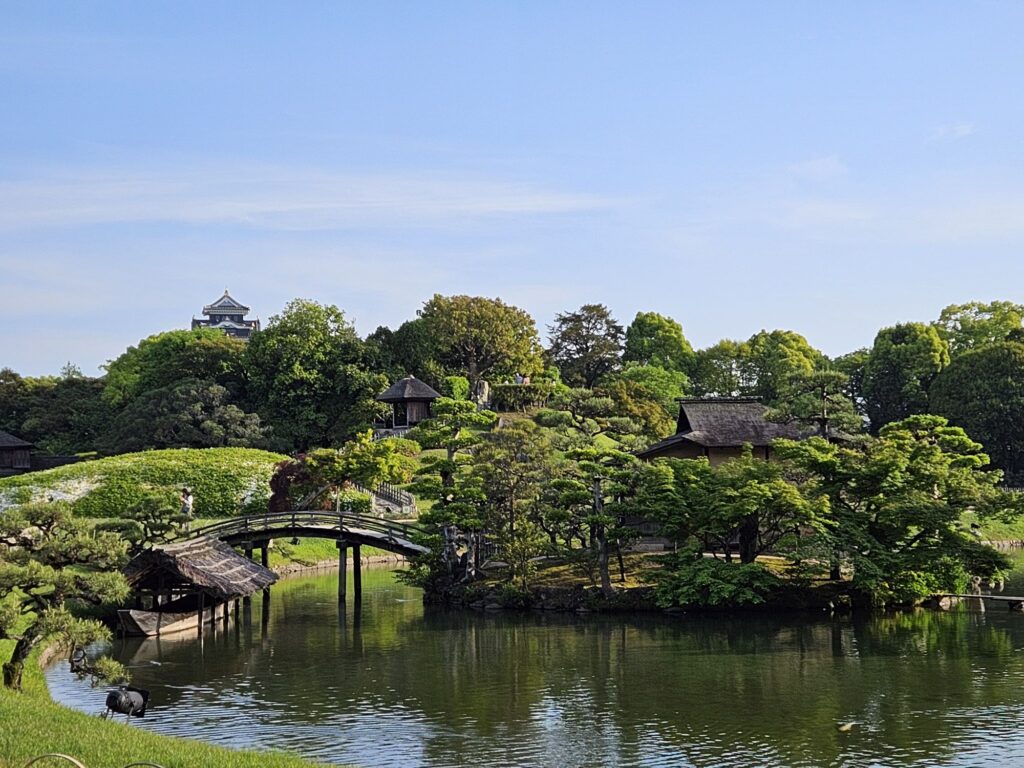
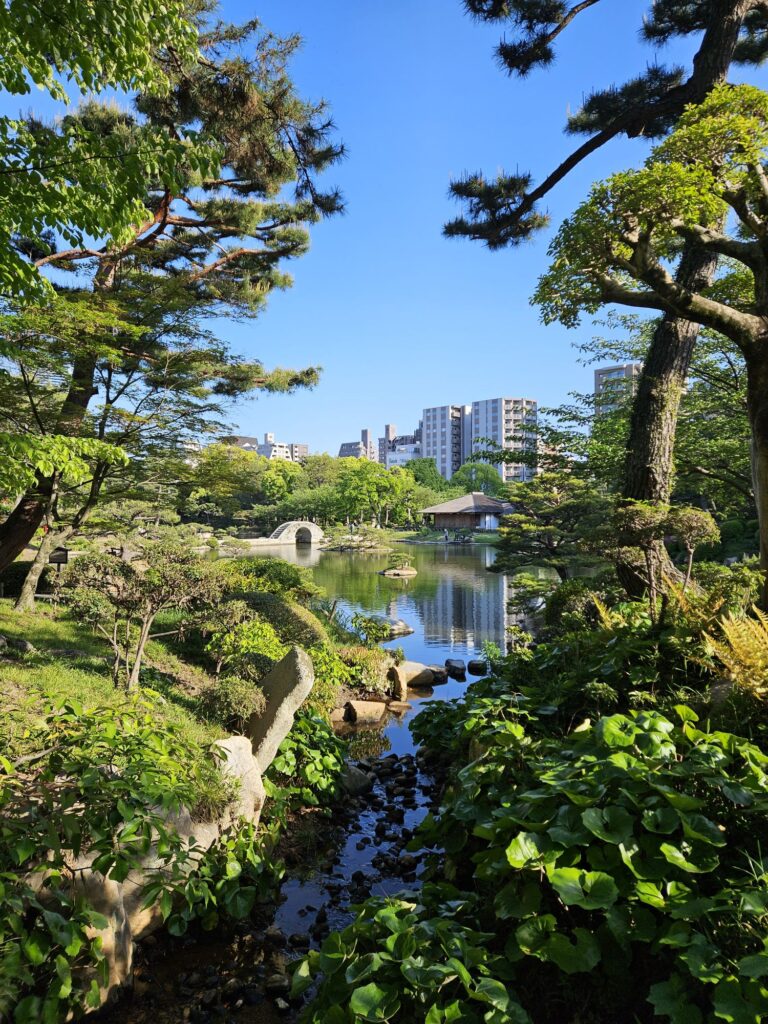

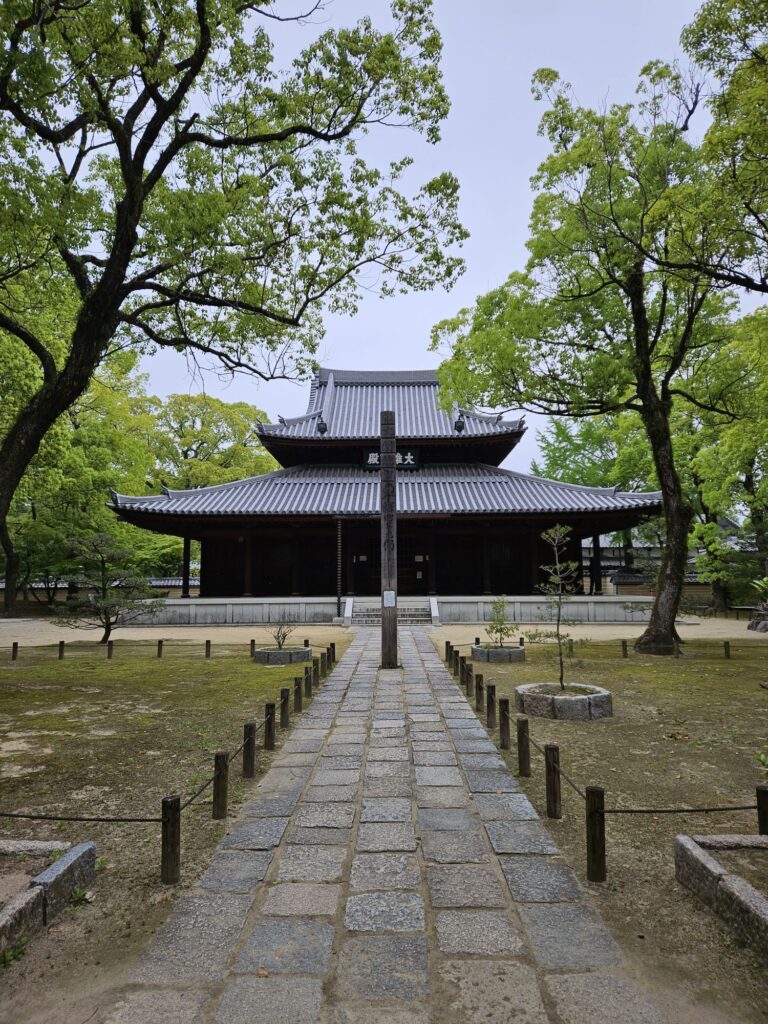
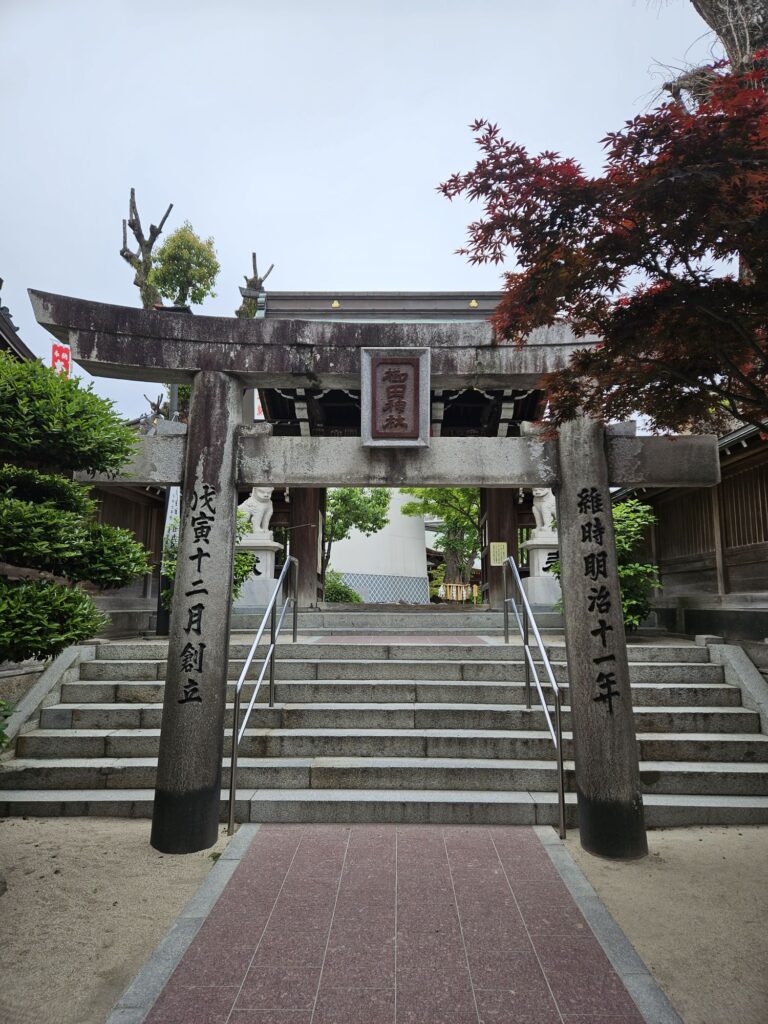


ABOUT THE AUTHOR
Carlos is a nomad, slow traveler, and writer dedicated to helping others live abroad and travel better by using his 7+ years of experience living abroad and background as a management consultant and financial advisor to help other nomad and expats plot better paths for an international lifestyle. Click here to learn more about Carlos's story.
